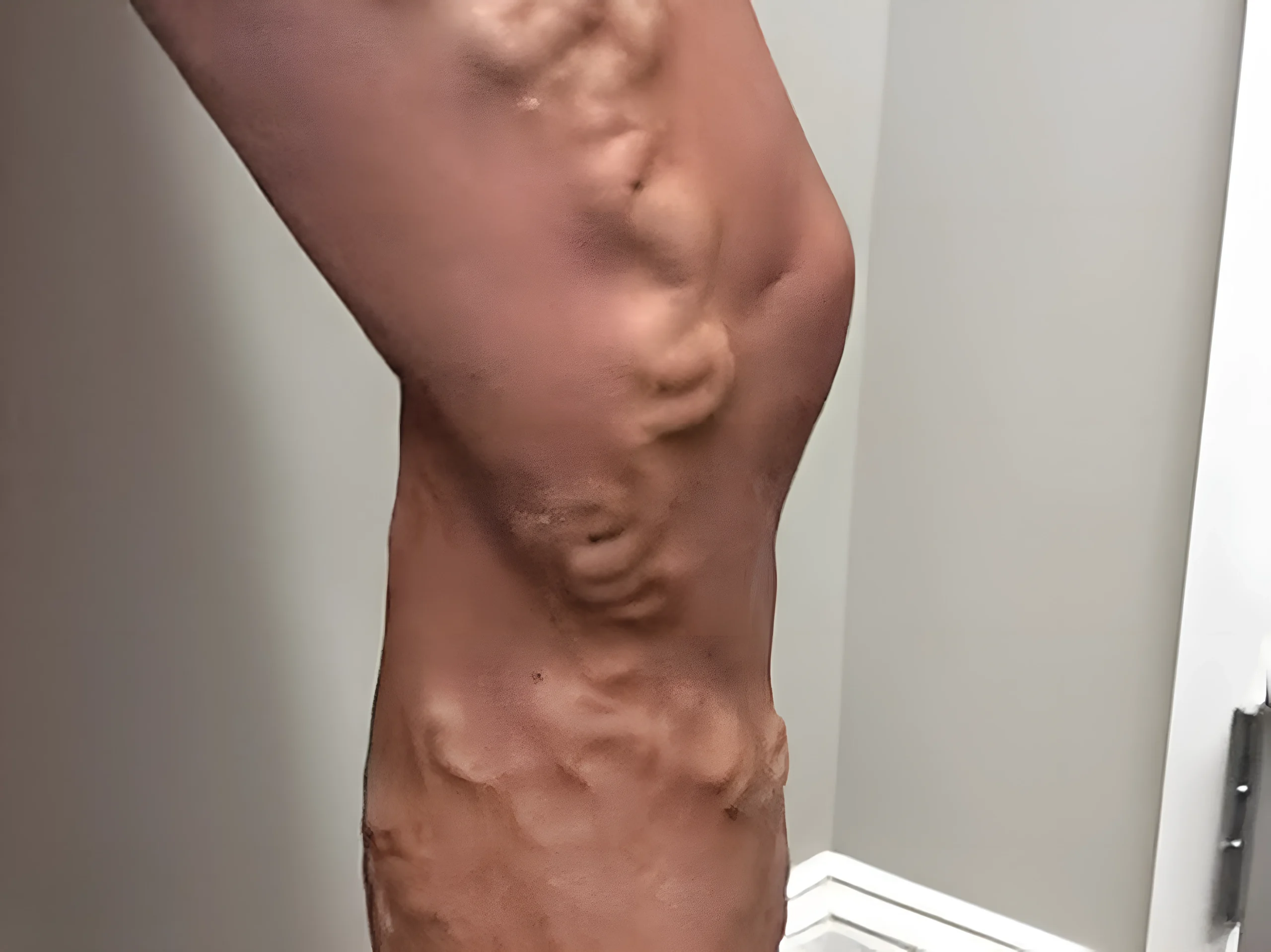Understanding Varicose Vein Skin Treatment: Causes, Options, and Care

Varicose veins are widespread and frequently misconceived as a condition that occurs in millions of individuals across the globe. Varicose veins, often seen as twisted and enlarged veins on the feet and legs, are more than just a cosmetic concern. For most, they are accompanied by pain, swelling, skin alteration, and complications should they not be treated. If you are considering treatment for varicose veins—particularly those that treat the vein problem and related skin issues-this blog is here to take you through the causes, symptoms, and newest developments in varicose vein skin treatments.
What Are Varicose Veins?
Varicose veins are enlarged, twisted veins that are visible just beneath the skin's surface, typically in the legs. They appear when the valves within the veins responsible for controlling blood movement get weak or damaged and permit the blood to pool rather than circulate effectively back to the heart.
They are most prevalent in:
Elderly individuals
Pregnant women
Those who stand or sit for extended periods
Individuals with a family history of varicose veins
Overweight or Obese Individuals
Though most view them as a cosmetic condition, left untreated, varicose veins can cause more severe health issues, including skin ulcers, blood clots, and chronic venous insufficiency.
Skin Changes Seen with Varicose Veins
The skin over and around varicose veins may undergo the following changes:
Discoloration: Skin can turn reddish-brown or dark purple due to leaking blood or inflammation.
Dry, itchy skin: Also called venous eczema or stasis dermatitis, may become chronic and bothersome.
Thinning and fragility: The skin becomes more delicate, making it prone to injuries and slower to heal.
Ulcers: In severe cases, venous ulcers (open sores) may develop, particularly near the ankles.
Treatment of these skin changes is an essential aspect of total varicose vein treatment.
Non-Invasive and Minimally Invasive Treatment Options
Modern medicine has many available treatments that are less intrusive, effective, and customized according to the condition's severity. Here are the most popular methods for treating varicose veins and related skin issues:
1. Compression Therapy
What it is: Wearing specially prescribed compression stockings that press on the legs, facilitating better blood flow.
Effectiveness: Reduces swelling, pain, and advancement of skin changes. Although it does not remove varicose veins, it is necessary for symptom control and post-treatment care.
Skin benefits: Helps reduce inflammation and may prevent conditions such as eczema and skin breakdown.
2. Sclerotherapy
What it is: A solution is injected directly into the affected vein, causing it to scar and collapse. Eventually, the body gradually reabsorbs the closed vein.
Best for: Treating small to medium-sized spider veins and varicose veins.
Skin effect: Helps fade visible veins and improves skin texture; follow-up care includes avoiding sun exposure to prevent skin discoloration.
3. Laser and Radiofrequency Ablation
What it is: Heat therapy with laser or radio waves transmitted over a catheter to seal defective veins.
Best for: Larger, deeper veins.
Advantages :
Minimally invasive
Done under local anesthetic
Short recovery time
Skin improvements: Once the problematic veins are treated, skin discoloration and inflammation typically improve significantly.
4. Vein Stripping and Ligation (Surgical Option)
What it is: A traditional surgical technique where the affected vein is tied off or removed to improve blood flow and reduce symptoms.
When used: Uncommon today; for severe cases not responsive to other therapy.
Skin implications: Might take a longer time to heal and require gentle wound care to avoid scarring or infection.
5. Topical Treatments and Skin Care
Besides vein-specific treatments, treating the skin over varicose veins is also important. These include:
Moisturizers: Help calm itchy, dry skin. Use fragrance-free and hypoallergenic products.
Topical corticosteroids: These are medications applied to the skin to help reduce inflammation and manage conditions like eczema that may occur alongside varicose veins.
Antibiotic creams: Applied in cases where the skin is infected or ulcerated.
Home Care and Prevention
Although medical intervention is necessary for moderate to severe instances, there are lifestyle modifications that can prevent the situation from getting worse and help keep the skin healthy.
When resting, raise your legs to facilitate blood return.
Exercise often, particularly walking, to enhance circulation.
Avoid standing or sitting for long periods.
Opt for loose-fitting clothing to promote healthy blood circulation and avoid restricting veins.
Maintaining a healthy weight reduces pressure on your veins, helping to prevent or manage varicose veins.
Proper foot and leg hygiene is also essential to ward off infection or exacerbation of skin issues.
Are There Natural Treatments for Varicose Vein Skin Problems?
Certain natural treatments may help, although they should not be used to substitute for medical treatment:
Horse chestnut extract: Thought to minimize swelling and vein visibility.
Witch hazel: A natural remedy applied to the skin to help relieve itching and reduce inflammation around varicose veins.
Aloe vera: Calms inflamed skin.
Always consult with a healthcare provider before attempting these, particularly if you have sensitive skin or are on medications.
When to See a Doctor
Seek advice from a healthcare provider or vascular specialist if you notice any of the following:
Recurring leg pain or swelling
Skin color change or ulceration
Sudden deterioration of varicose veins
Infection signs (redness, heat, pus)
Early treatment helps prevent long-term complications while also improving cosmetic appearance.
Conclusion
Varicose veins are more than just a cosmetic issue—they can impact your comfort, self-esteem, and skin health. The good news is that a range of treatments, from lifestyle changes to minimally invasive procedures, are available to address both the veins and related skin problems.
Whether you're experiencing itchy skin, color changes, or visible veins, early medical consultation can result in improved results. With newer methods in varicose vein skin therapy, you don't have to tolerate pain anymore or conceal your legs beneath long pants.
Discuss with your physician, discuss your treatment strategies, and embark on the journey of healthier veins and radiant skin.


